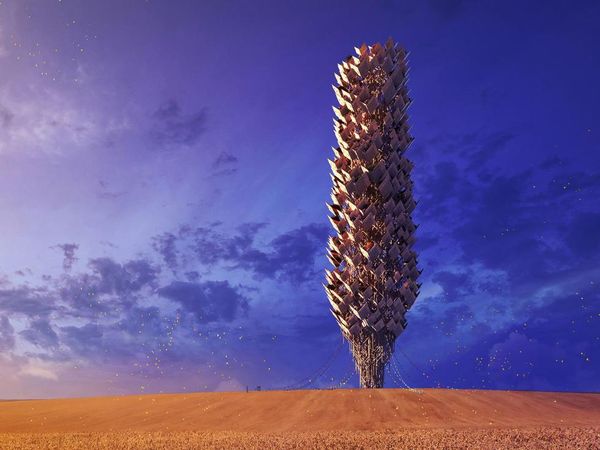We’d surely try her ergonomic and geometric couch, and we would gladly sit at her delicately feminine and clean desk named ODU. Annabella Hevesi’s projects always catch our eye, as did her latest couch named Burnt Geometry, designed in cooperation by Kárpitos Partner Group Bt. and inspired by painter and graphic designer Ferenc Lantos. Her husband and she are co-owners of the IO studio: we’ve already featured them in an earlier Artist duo interview. In the first episode of the series, András Húnfalvi passes the baton to Annabella. Let’s see her answers.
The interviewee of our first “Designers in the spotlight” episode, product designer András Húnfalvi asked the following question of Annabella Hevesi:
Show us your favorite ornament and tell us why you picked it.
I had to realize that I wear ornaments almost exclusively on myself—perhaps strangely, but in my out-of-body environment I have less of a sense of personification. However, I always wear a watch—either a Nendo Draftsman Scale with a stainless steel watch strap or a grey version of the Instrmnt X Christopher RÆBURN—a Kövér Dóra Rea signet ring with a custom inscription, and an Otis Jaxon earring. Each is a very beautiful object, and important to me for different reasons. They tell a little bit about my personality and my relationship to design, and it was essential that I coordinated them—if I’m not wearing them, they can be matched.

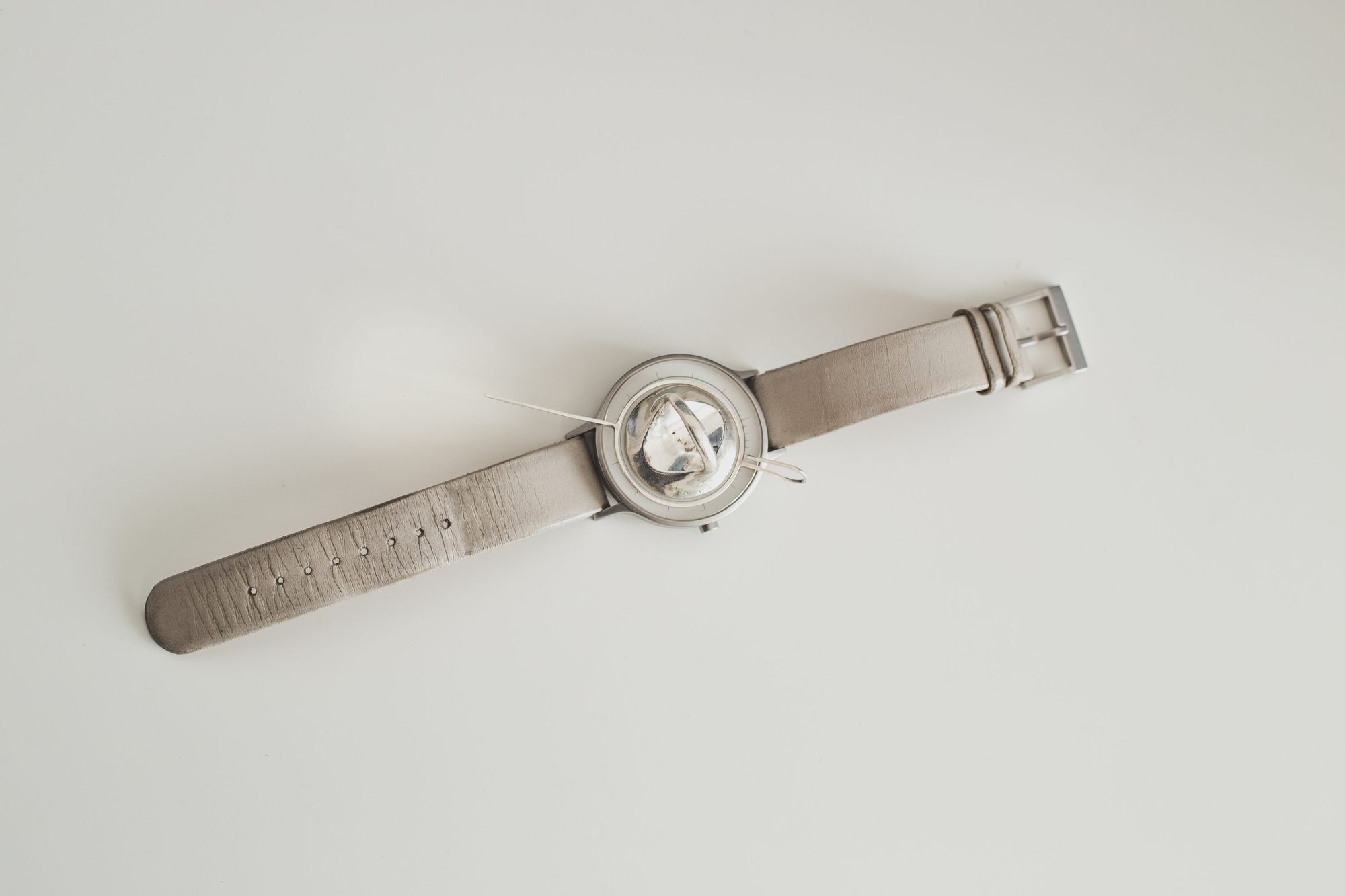
The character of the Nendo watch is barely noticeable, but it’s very clever – the dial is sieved on the glass and the scaling is the same as a ruler—it’s discreet but well designed, it’s clever, and Nendo is one of my favorite studios. Only 100 of the Instrmnt model were produced and the British designer has drawn inspiration from the objects and maps used by the army in the 1950s, commemorating it while keeping it a clean, functional object. Rea’s ring was a very personal choice, mostly an objectification of my self-esteem and my experience of my fears about being a woman. And what I like about my earrings is that they are very simple—if you take them off, you don’t even realize what they are—while making beautiful use of the human ear’s characteristics, not forcibly—you don’t have to pierce an ear for that—but with humility, with adaptability, and the shape is focused on the character—the direction, the center—of the ear. And the result is very special, yet easy to wear.


1. An object designed by a designer colleague of yours that you’d like to have (or maybe you already do?)
Boldizsár Szentecki’s mirrors with oxidated coating are fantastic, I’d take them without hesitation, but the work of the much more purist design duo itthon. is also very close to my heart. I have already collected a rolling pin and a very nice turned bowl from them. Now, in connection with them, I’ve fallen in love with Moholy-Nagy scholarship student Adrienn Király’s “here and there” animal figurines. Simple but very tasty pieces, I will definitely get some for my little boy.
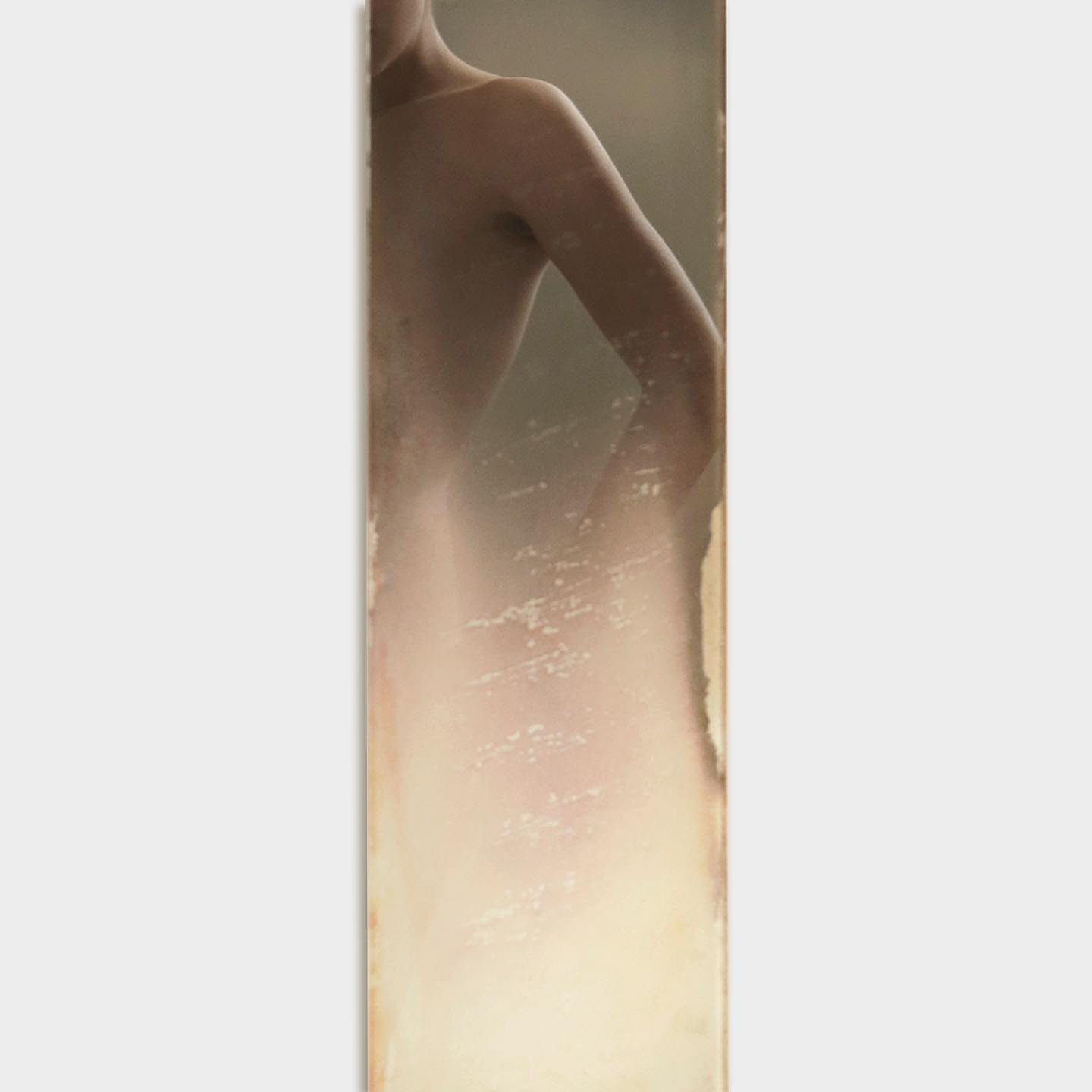
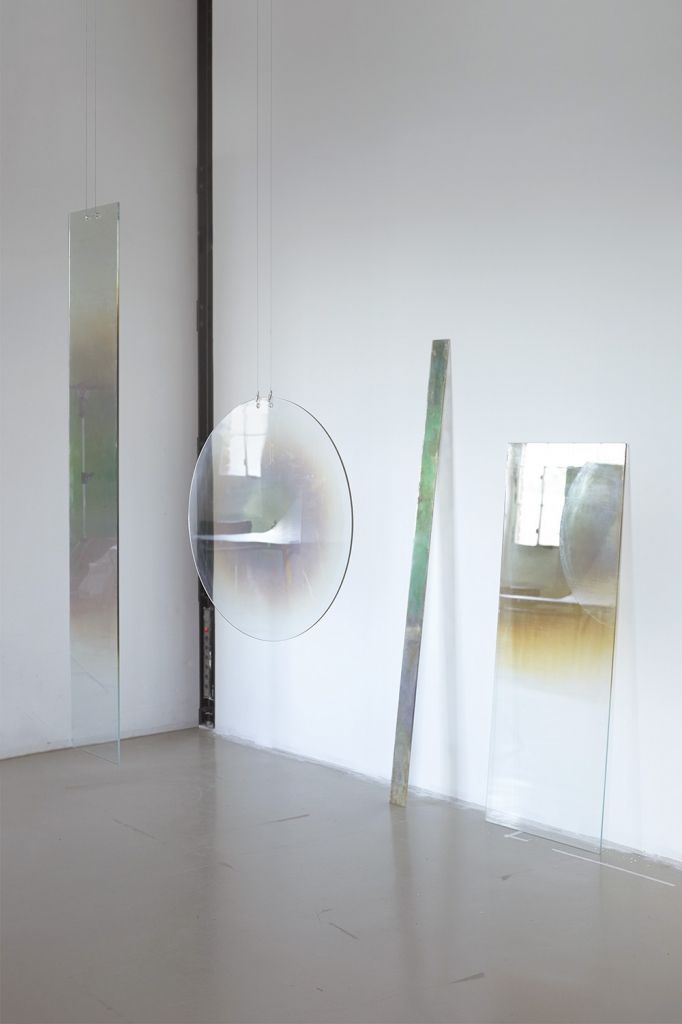
2. Your favorite café or restaurant where we’d probably bump into you.
Our dining room, as I’ve barely left the apartment for a while now, and my husband’s an amazing cook. But I like not too crowded places anyway. There’s a great Pakistani restaurant on Városmajor Street, we used to go there frequently.
3. Which Hungarian architect would you ask to design your apartment or house?
I’d probably ask my colleague Gergő Tasnádi to help us.
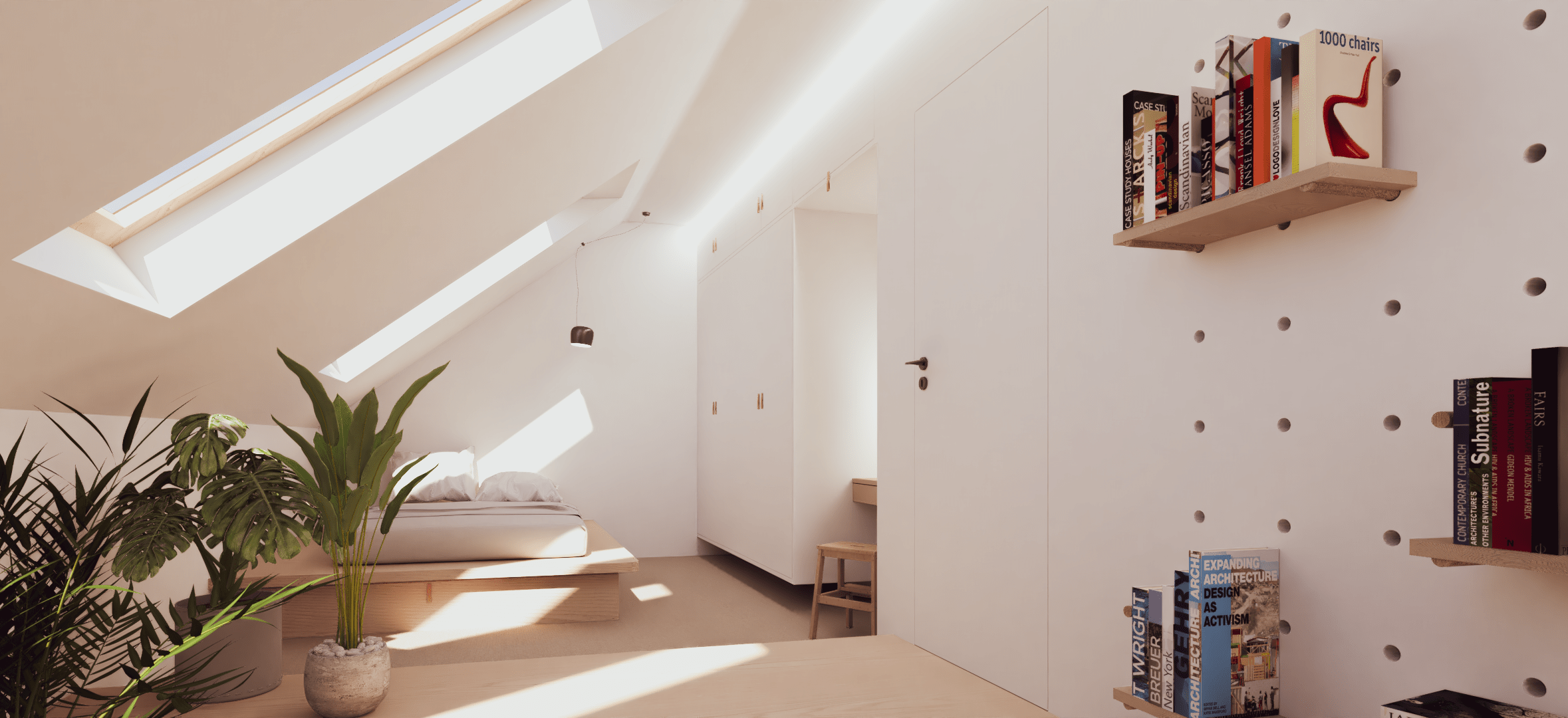
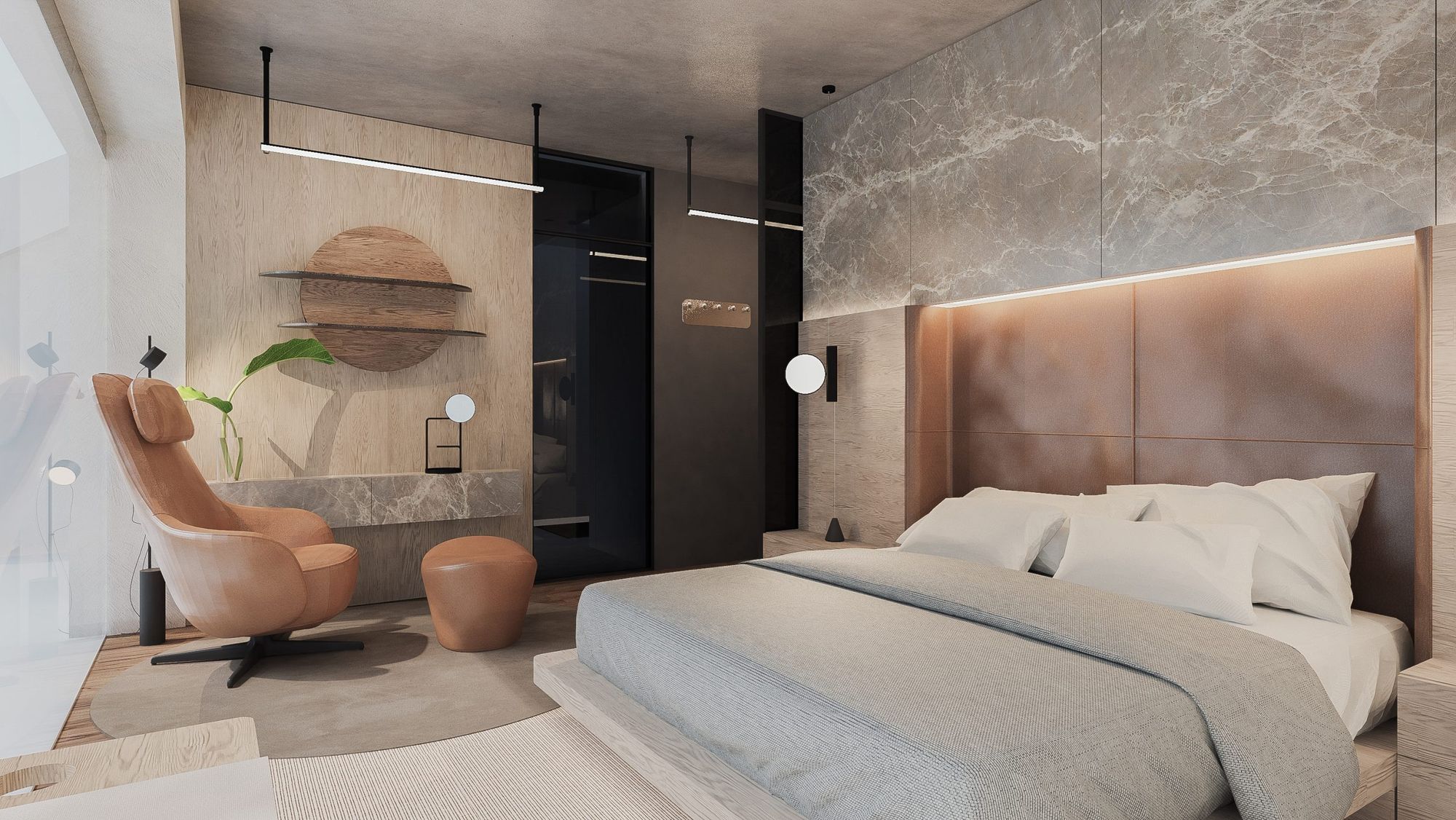
4. A guilty pressure or a kitsch object you’re obsessed with (it’s time you told us!)
I find 1-bit logic games addictive, unfortunately, it took me years to give up Minesweeper—I hold a record of 97 seconds on the most difficult board!
But I used to be a fan of aquatic animal and banana-related stuff. Fish pen holder, banana-shaped banana holder, banana slicer, dolphin-shaped pen with a dolphin nose on the tip. I consider it an important step in my character development to have gotten rid of these.
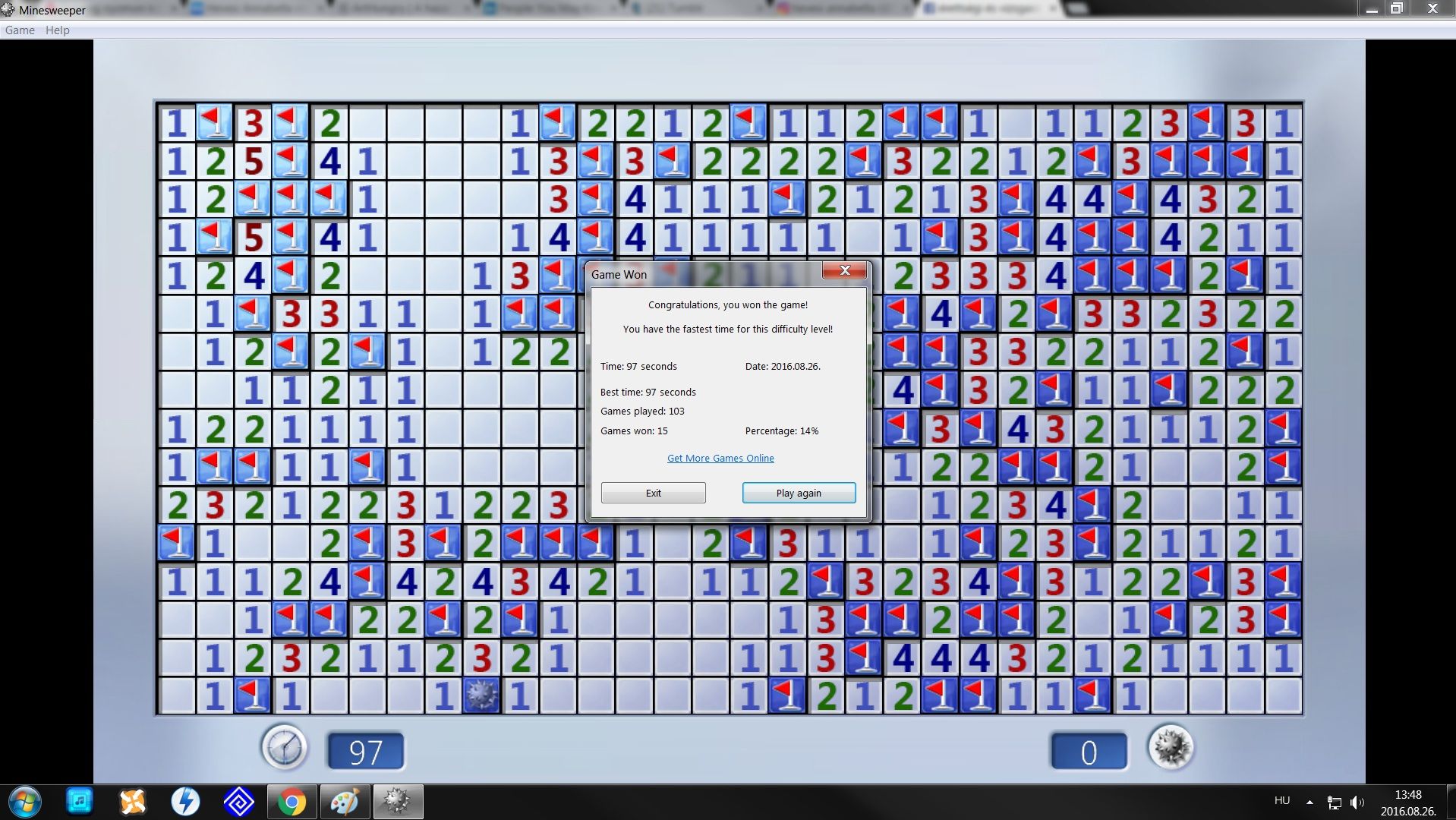
5. A Hungarian (designed) book you’d like to get for its cover, if nothing else.
The Design Week Budapest jubilee book designed by DE_FORM (Nóra Demeczky, Enikő Déri) is absolutely one of these. By the way, shorter and therefore more informal graphic materials like fanzines are usually closer to me, for example I find János Hunor Vári’s BLA! BLA! material quite wild.
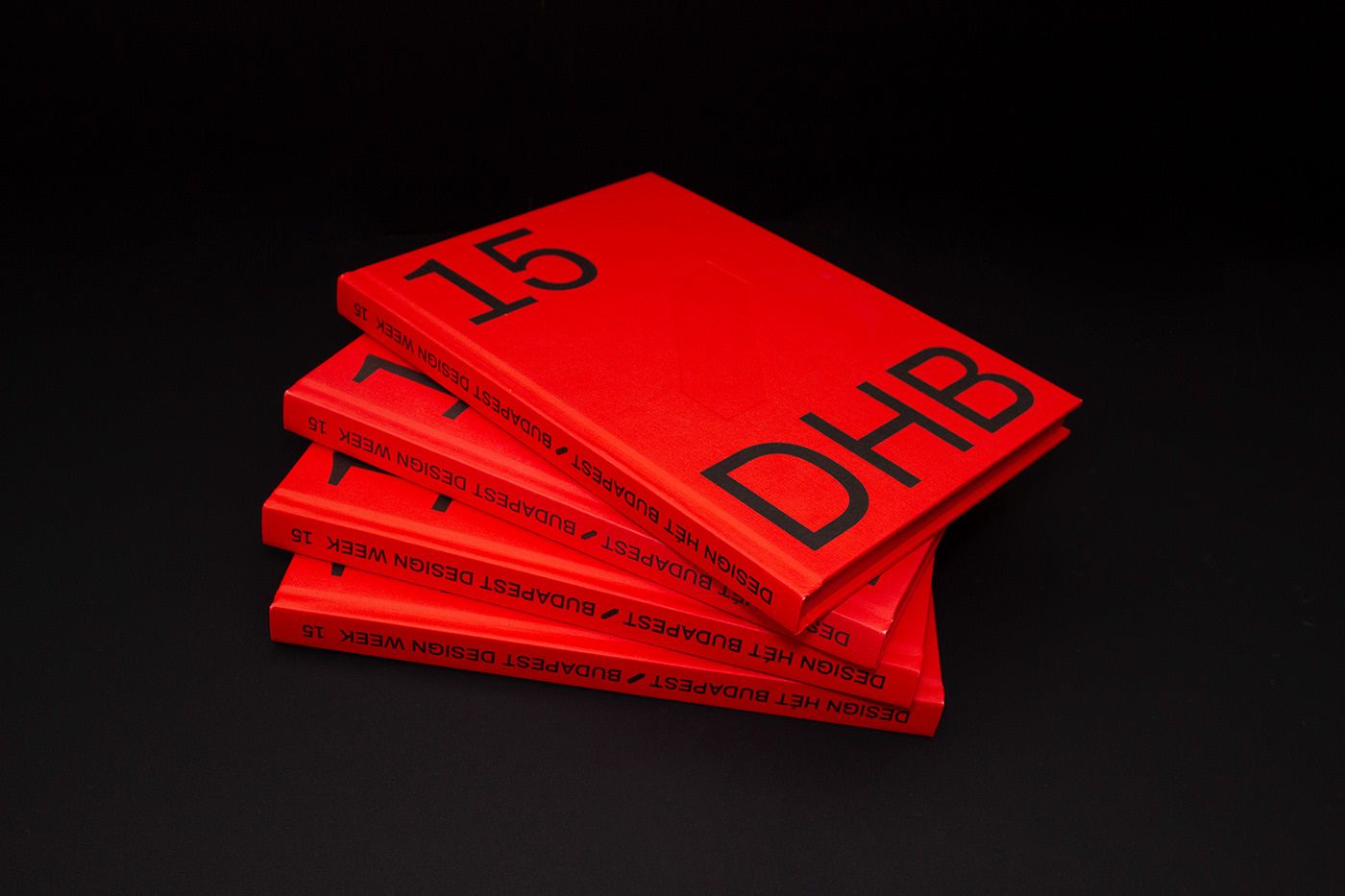
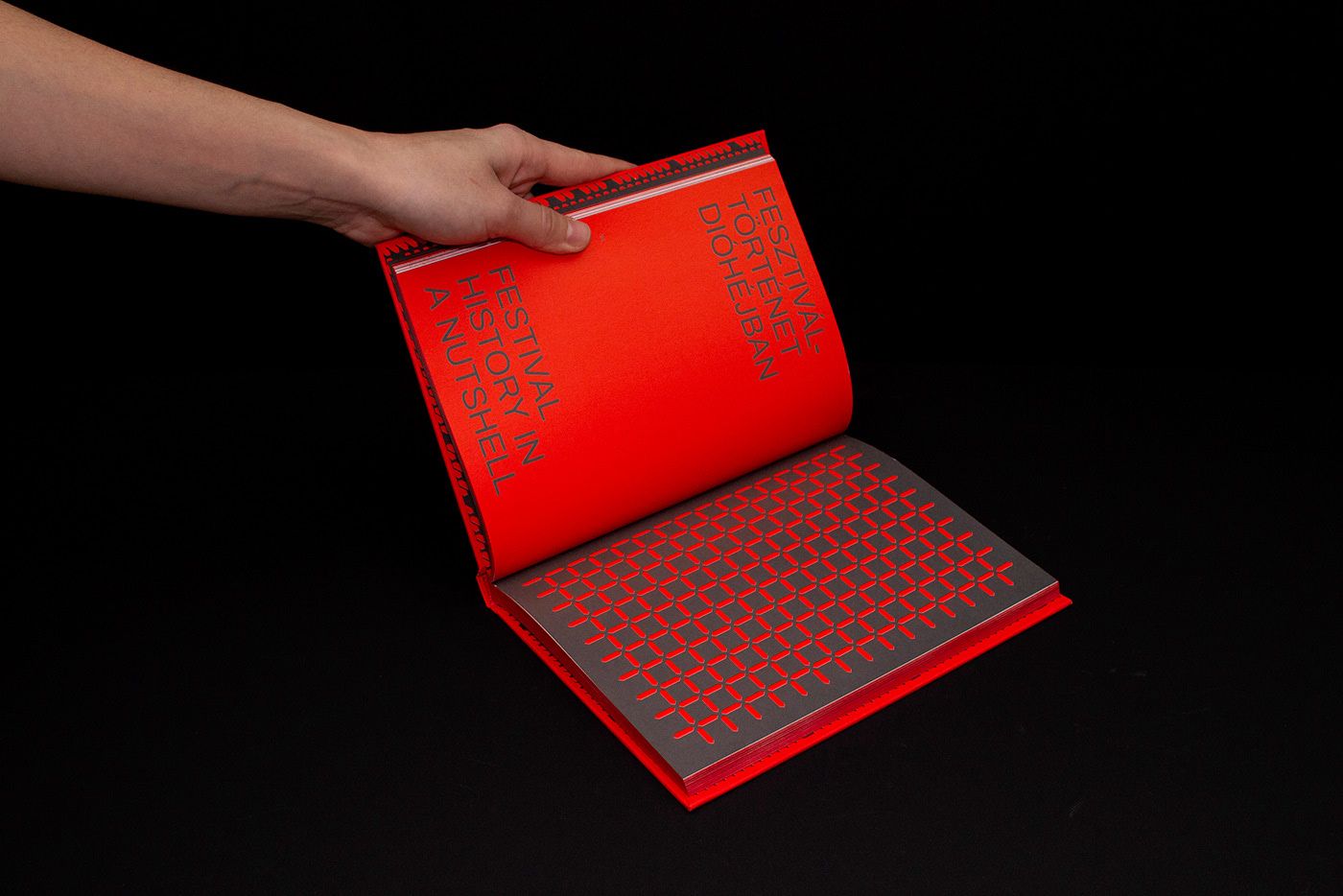

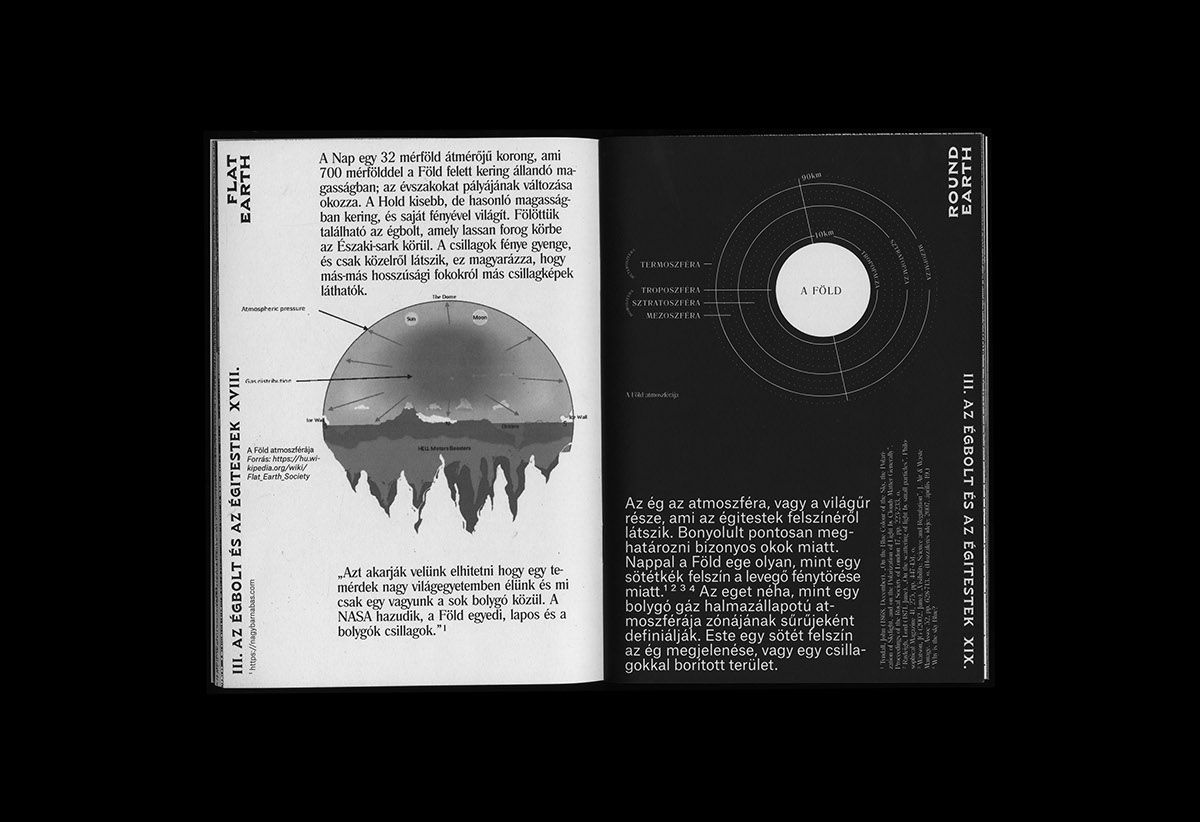
6. If you had to explain to your grandma what you do for a living, what would you say?
I never knew any of my grandmas, but I’d probably say ‘Look what I designed, granny!’
7. Which is the region, city, district that any architecture-lover should visit in Hungary?
I’d advise them to examine the buildings they used to love or hate as kids with “expert” eyes, and asked themselves why.
8. A Hungarian accommodation you like and you return to.
I’m pro-Airbnb. It’s very exciting to get to know the private living space/object culture of the locals at home and abroad. Just like when traveling, I’d sooner go to a shabby little buffet in the market where the locals eat than to the first KFC I see.
9. What was your last surprise to someone?
I brought my husband and co-designer Gábor to the Onyx Műhely on his birthday. It’s probably the most exciting creative project in Hungary now, as it affects every field related to design, and within the category of “luxurious gastronomy,” they don’t build on poshness and authoritarianism, but on creativity and high quality. The best Hungarian professionals worked on the interior design, the objects, the identity, the service and the food selection, and this can be felt, even if it could be improved.
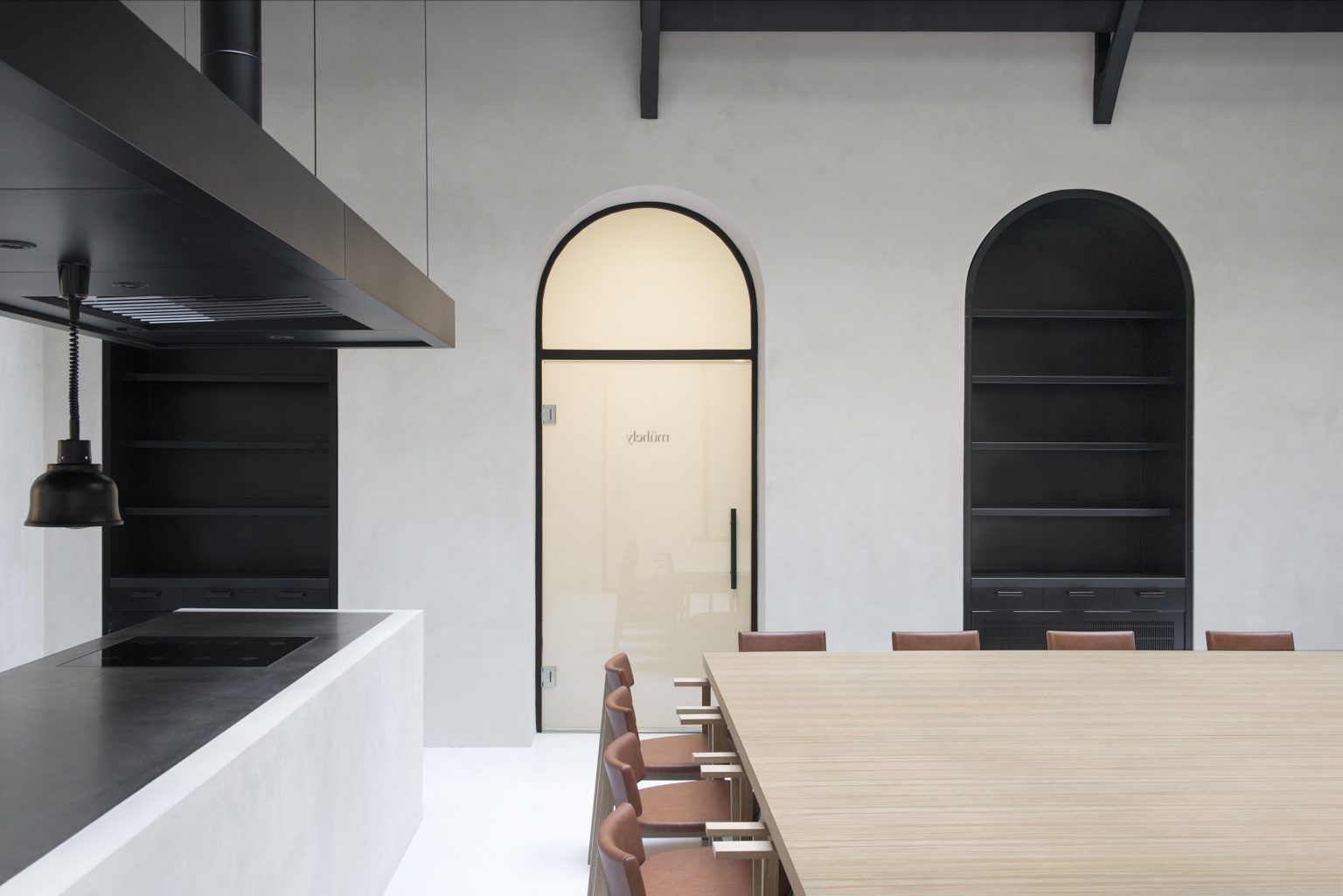
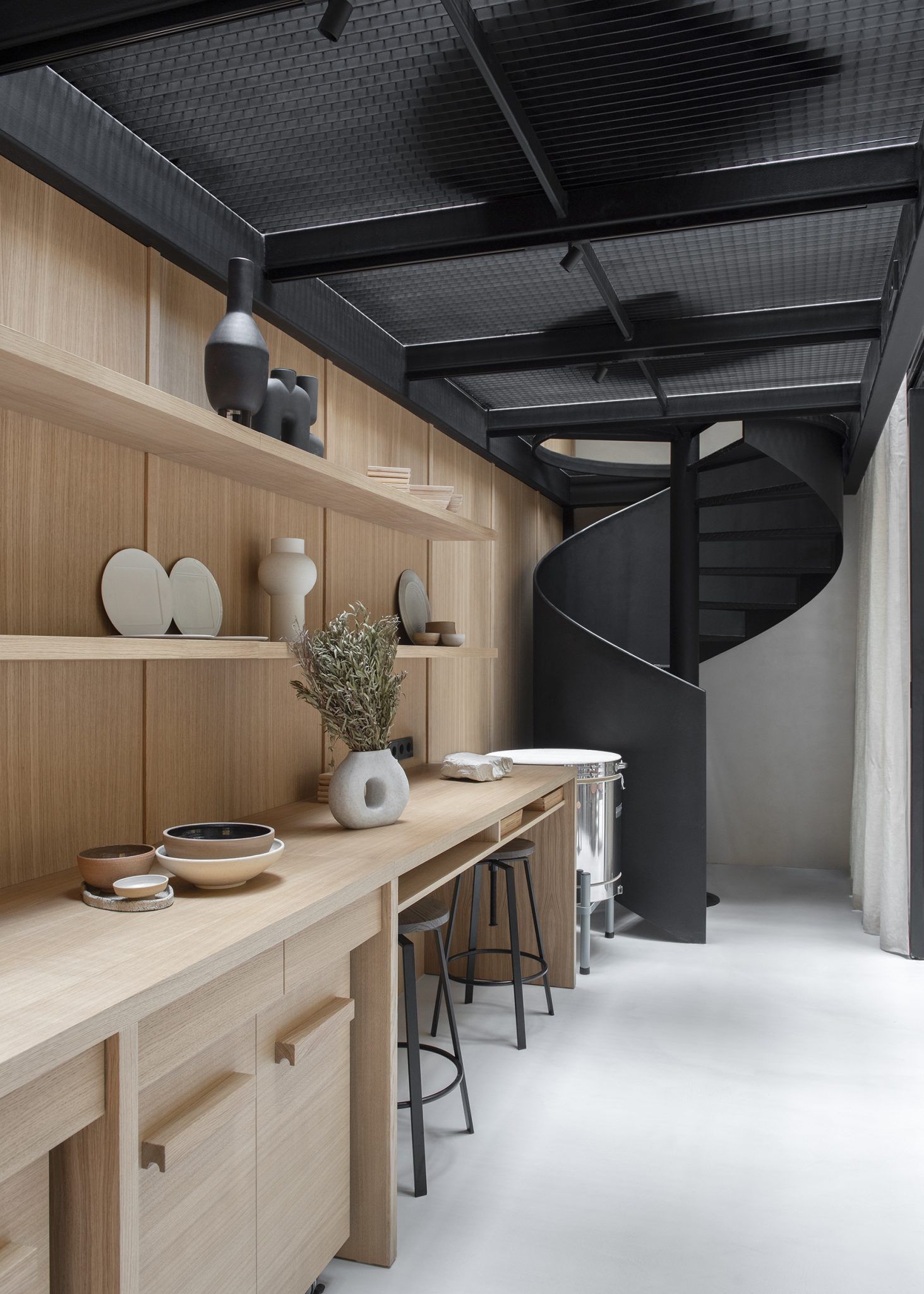
10. What perfume do you usually wear?
As a little girl, I used to secretly spray my mom’s old Mademoiselle by Coco Chanel on myself. When I was allowed to, I didn’t wear any perfume for years and a few years ago, I got back to this. I feel this is self-identical.
11. Which Hungarian designer’s fashion show would you most like to have a front-row seat at?
I’d sit next to András Húnfalvi at Bori Györök’s show. I can’t tell you the last time I felt as feminine and sophisticated as I did when I got to try on a few pieces from her collection. They are amazing and comfortable.
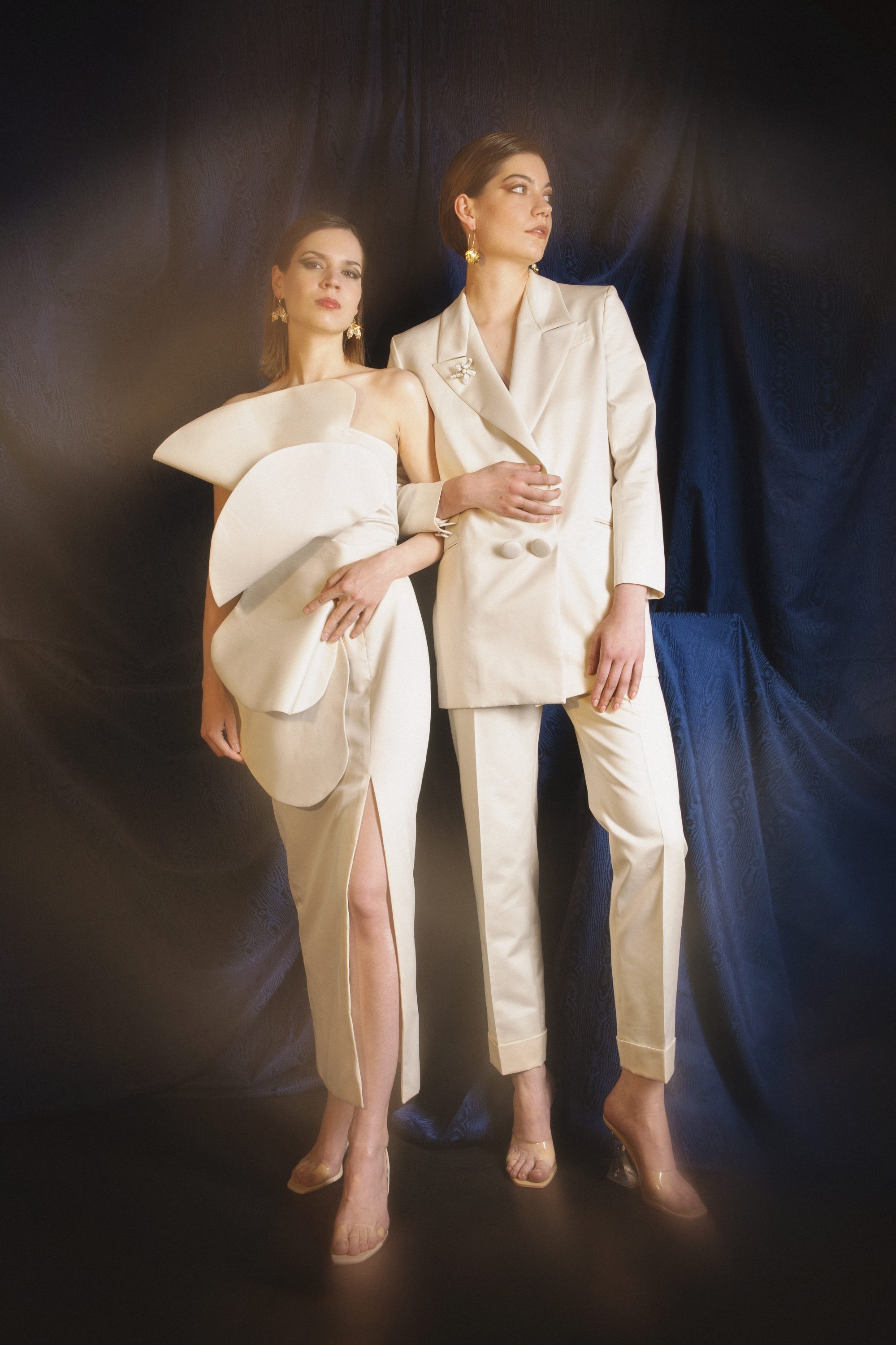
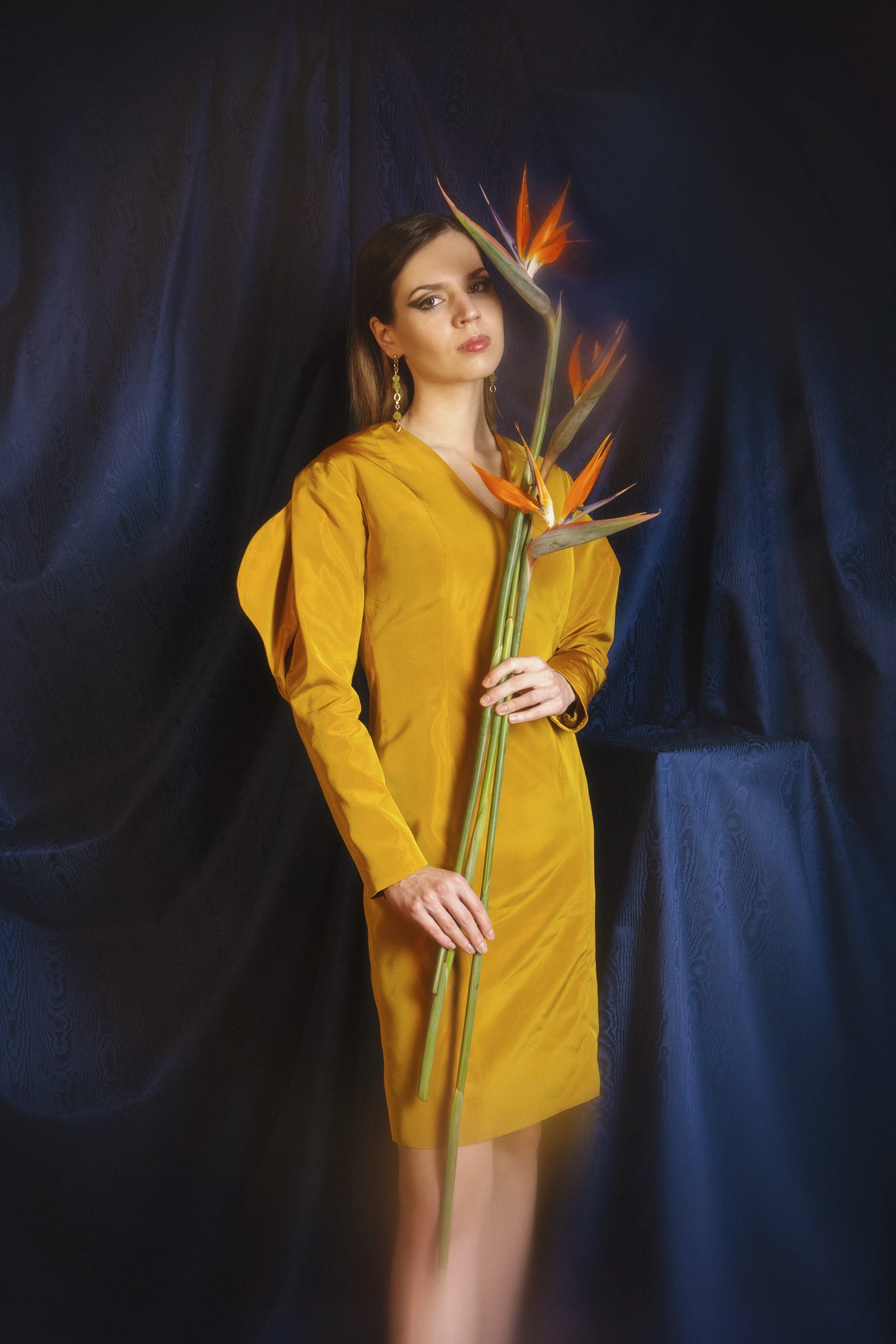
12. What’s the biggest misconception about designers that is not true at all?
There are several, but perhaps the most annoying is that we are supposed to design only expensive, beautiful/obtrusive, or at worst “useless” things. The other rather damaging idea, often coming from designers, is that just because someone is good at one area of design, they are automatically good at all the others. This is not the case, I don’t think there is a ‘seamless’ transition between graphic design and industrial design, for instance, you have to learn.
13. What was your sign in kindergarten?
Red gillyflower, weirdly.
14. What are the three characteristics all designers should have?
Adaptivity, consistency, humility.
+1. Who would you pass the baton to and what would you ask of them?
To designer Adrienn Király from itthon. studio, and I’d ask her what her favorite object was as a child and how she sees it now professionally.
IO | Web| Facebook | Instagram
We are happy to report on the successes and recent projects of our designers, but we are also interested in much more. In our series, we ask surprising, unexpected or very obvious and personal questions to the representatives of the design profession, and at the same time we ask them to pass the baton on to one of their colleagues.

A young couple takes Polish national food to Australia
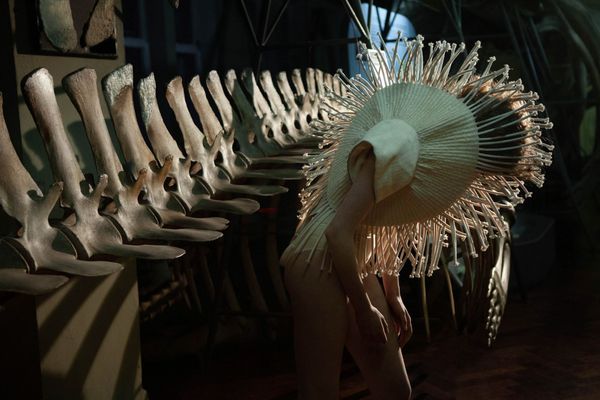
Allegorical story of the extermination and resurrection in Kharkiv
